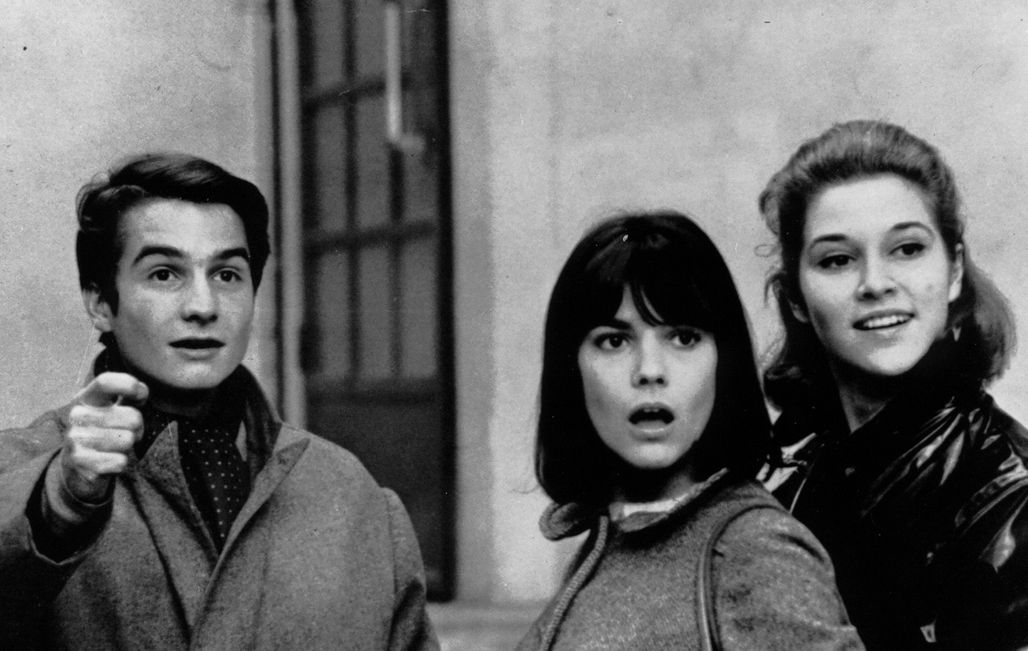
Masculin Féminin: Godard at the crossroads

Godard's eleventh feature film, Masculin Féminin (1966) marks something of a renaissance. Guided by the innovative eye of the director the film is a blend of fiction and sociological analysis, exploring a young French generation in the throes of urban and ideological upheaval.
When Jean-Luc Godard began work on Masculin Féminin in 1965, he had just completed six years of uninterrupted filmmaking, during which he directed no fewer than ten feature films. Aware of the need to break new ground in his filmmaking, for this latest film the director of Pierrot le Fou (1965) sought to gather a totally new team around him.
In a complete departure from his usual practice, he changed producers and entrusted the photography of his project to Willy Kurant, temporarily sidelining his previous favourite chief operator, Raoul Coutard. From a cinematographic point of view, the director sought a completely fresh start based on the rawest possible form of filmmaking – the documentary – in a bid to capture a French society in the throes of social and moral upheaval.
This profoundly sombre film, shot in no-frills black and white, explores the changes in language and the public spaces of Paris, introducing a novel perspective that borders on sociological investigation. In an equally original move, the film's structure was divided by Godard into fifteen frames linking the various sequences, a throwback to the time of silent movies.
Godard had just turned 35 and felt out of synch with the new generation. Seeking to understand it better, he set out to find out more about its political and sexual aspirations for himself. But to achieve that goal, he had to entrust the leading role to an actor who could easily bridge the generation gap. Step forward Jean-Pierre Léaud, the turbulent hero of François Truffaut's 400 blows.
The screenplay of Masculin Féminin was very loosely based on two short stories by Guy de Maupassant: Paul's Mistress and The Signal. Because of its handling of sensitive sexual issues such as pleasure, prostitution and abortion, Masculin Féminin was restricted to 18 year-olds and over when it went on general release.
Godard had just turned 35 and felt out of synch with the new generation. Seeking to understand it better, he set out to find out more about its political and sexual aspirations for himself. But to achieve that goal, he had to entrust the leading role to an actor who could easily bridge the generation gap. Step forward Jean-Pierre Léaud, the turbulent hero of François Truffaut's 400 blows.
The screenplay of Masculin Féminin was very loosely based on two short stories by Guy de Maupassant: Paul's Mistress and The Signal. Because of its handling of sensitive sexual issues such as pleasure, prostitution and abortion, Masculin Féminin was restricted to 18 year-olds and over when it went on general release.


